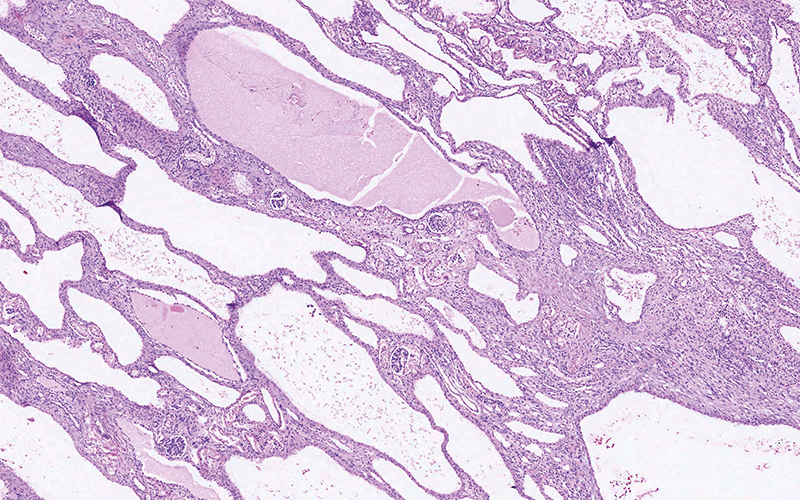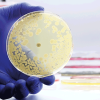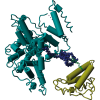A research team has developed a new approach to better understand the biology of polycystic kidney disease (PKD).

Scientists combined two ways to model the disorder – organ-in-a-dish and organ-on-a-chip technologies – to show the role of glucose, a sugar commonly found in blood, in forming PKD cysts.
The results could lead to better ways to test and develop treatments for PKD.
In PKD, tiny tubes (tubules) in the kidneys expand like water balloons, forming sacs of fluid over decades. The sacs, or cysts, eventually crowd out healthy tissue, leading to problems in kidney function and kidney failure. Scientists have identified many of the genes that cause PKD, but much about the disease remains unknown, including how the cysts form.
The group found that the cysts absorbed glucose and pulled in water from fluid passed over them. Although glucose is generally absorbed by the kidneys, glucose absorption has not been connected to cyst formation in PKD.
Image Credit | Shutterstock




